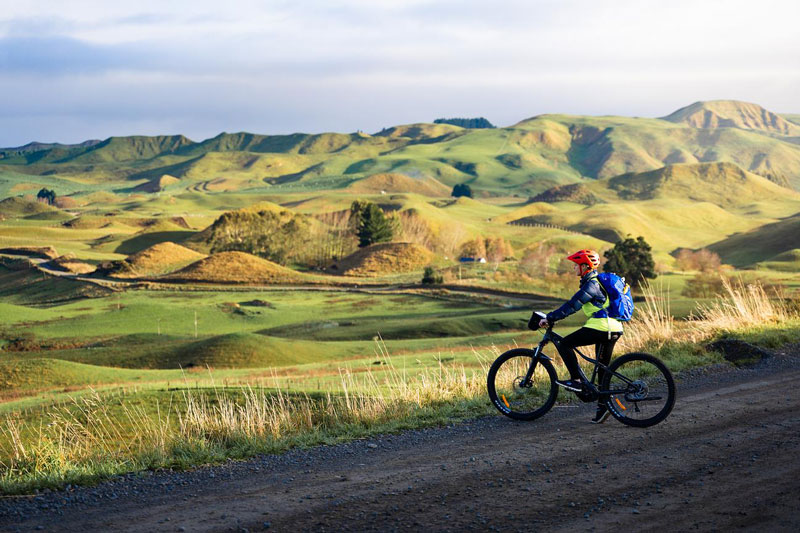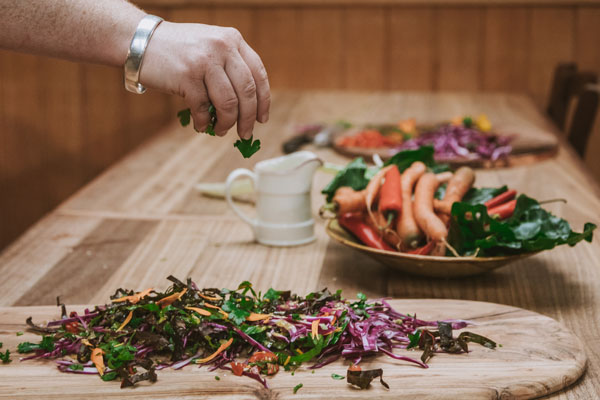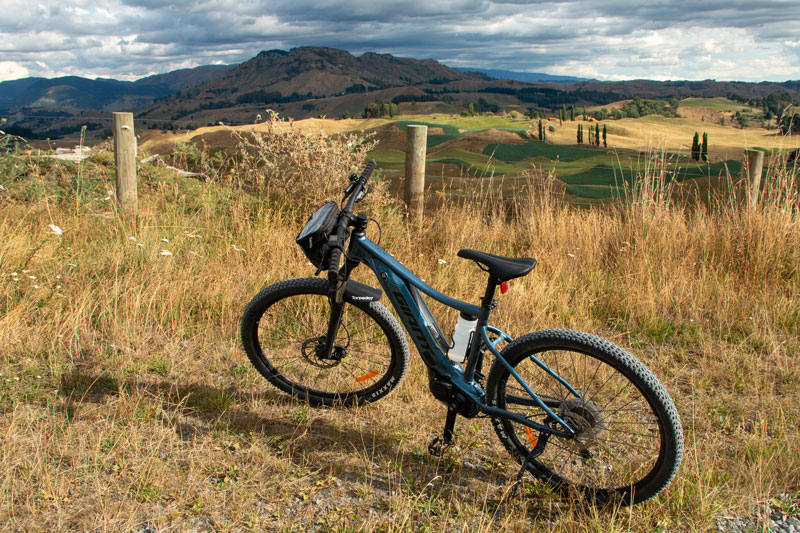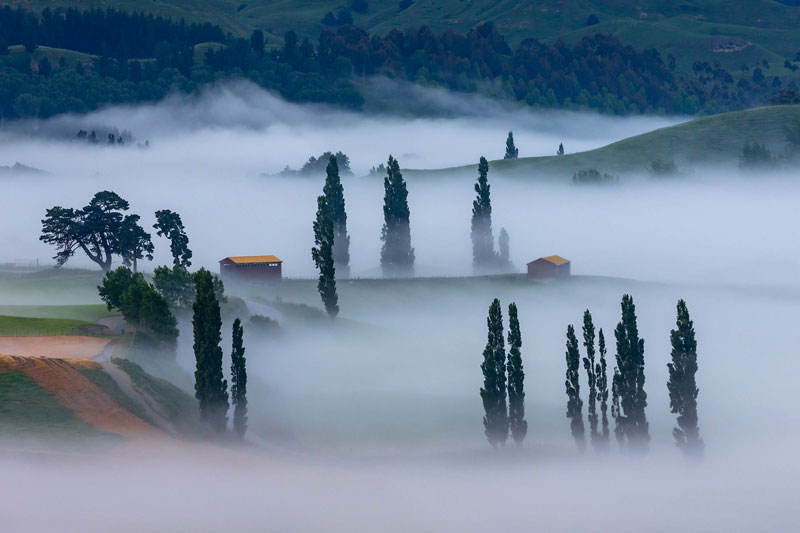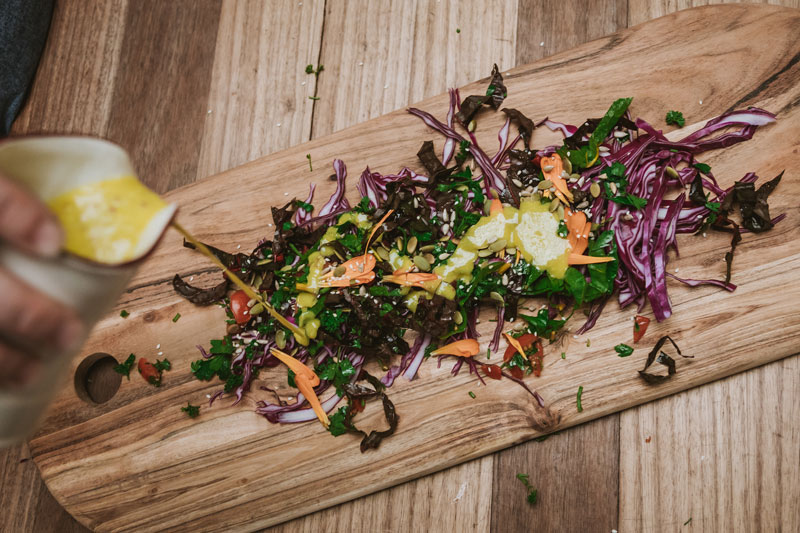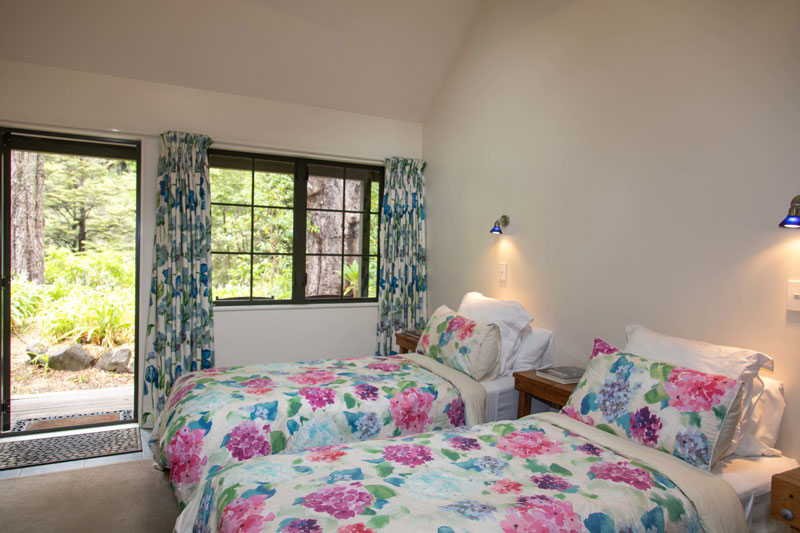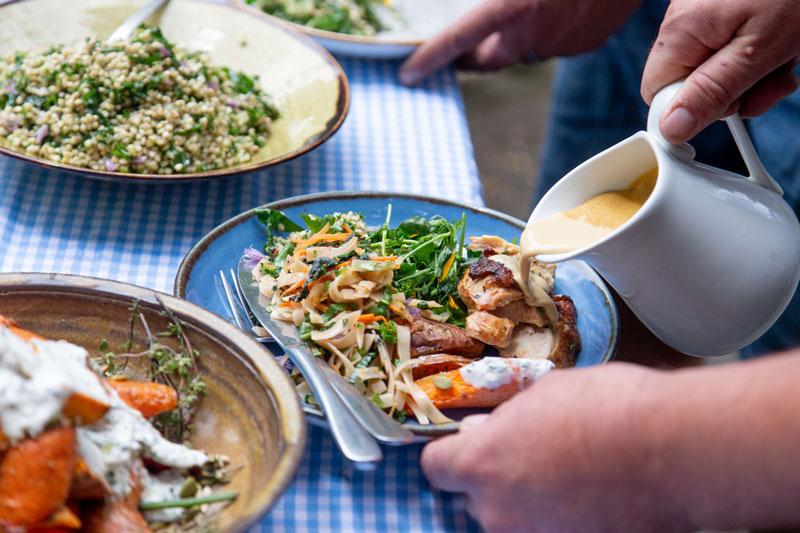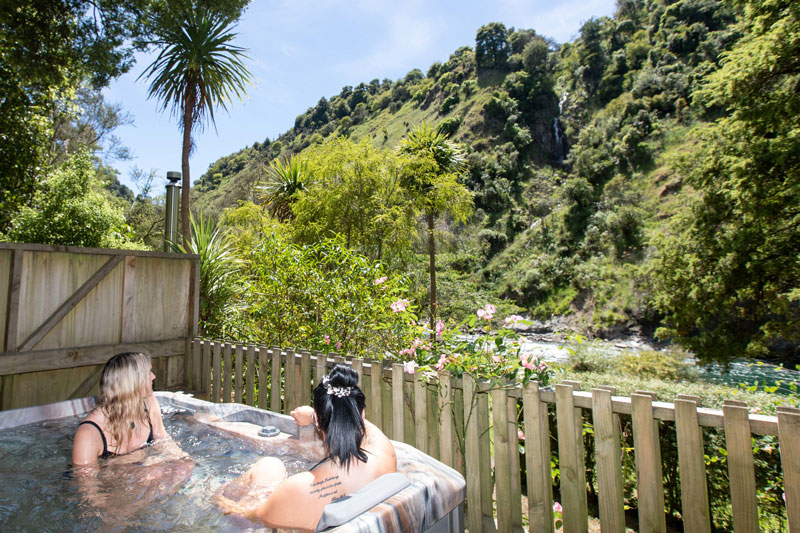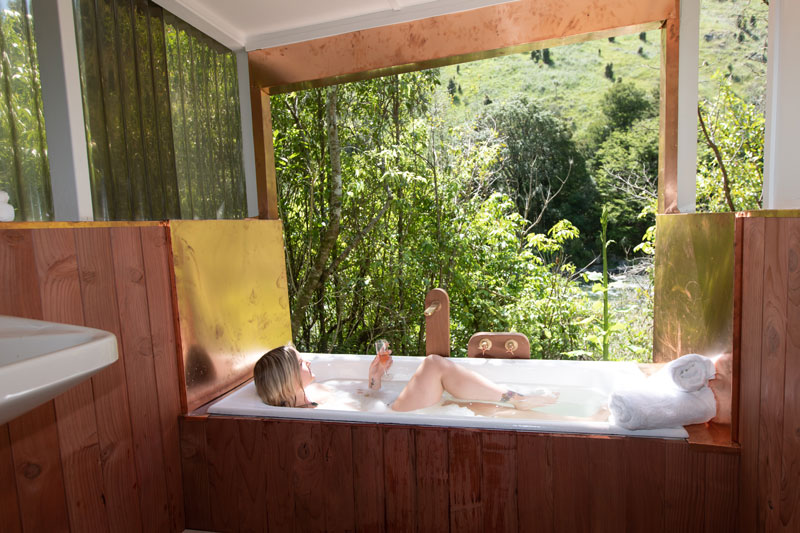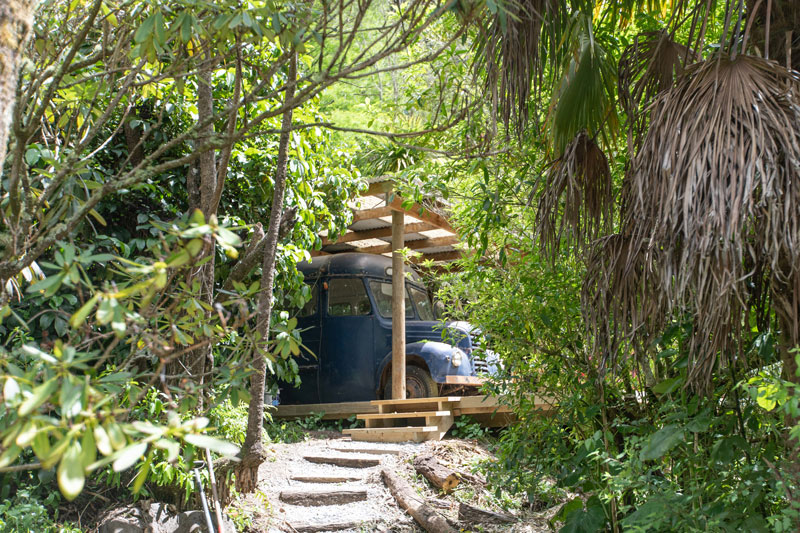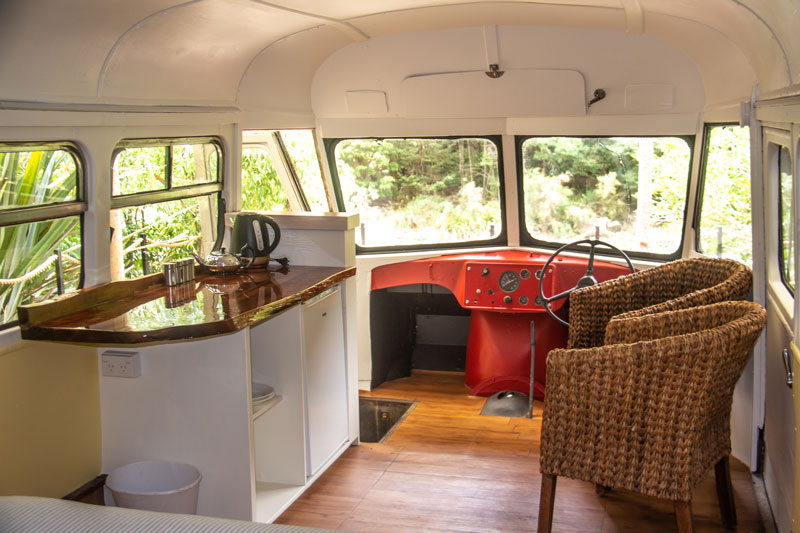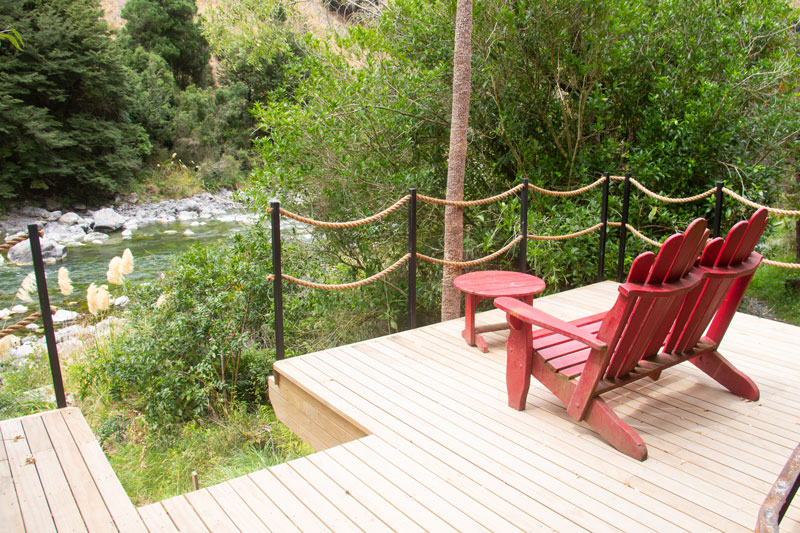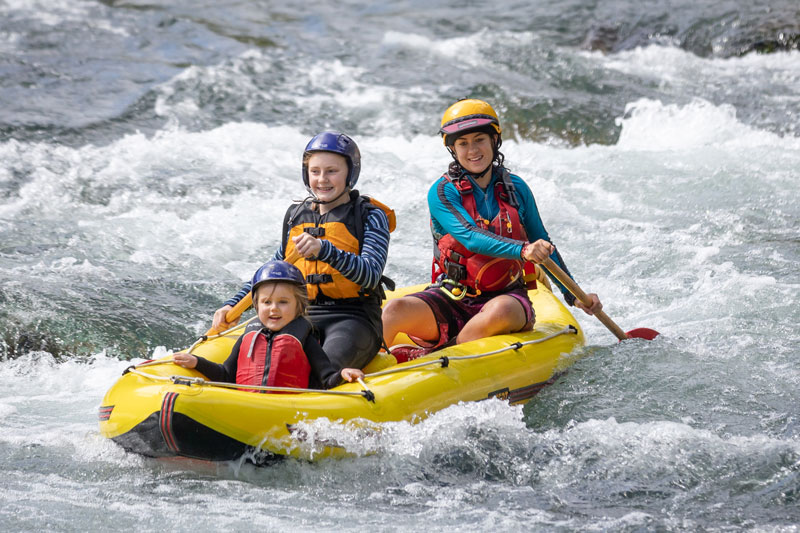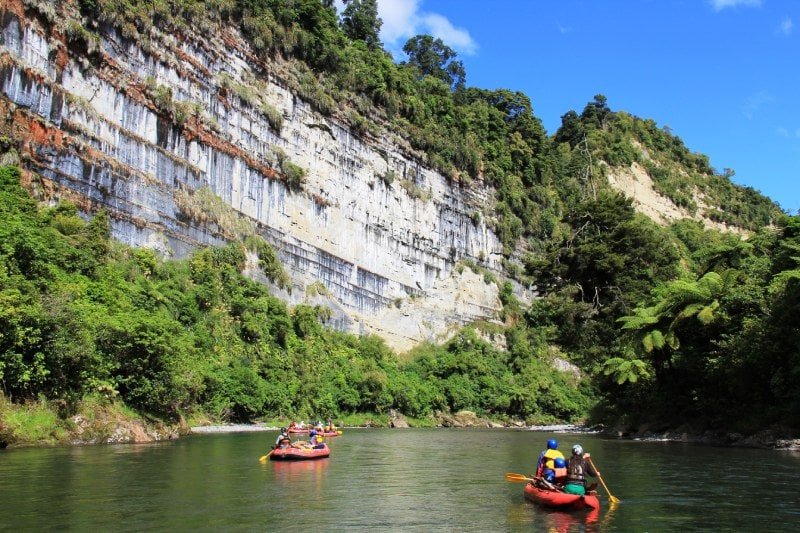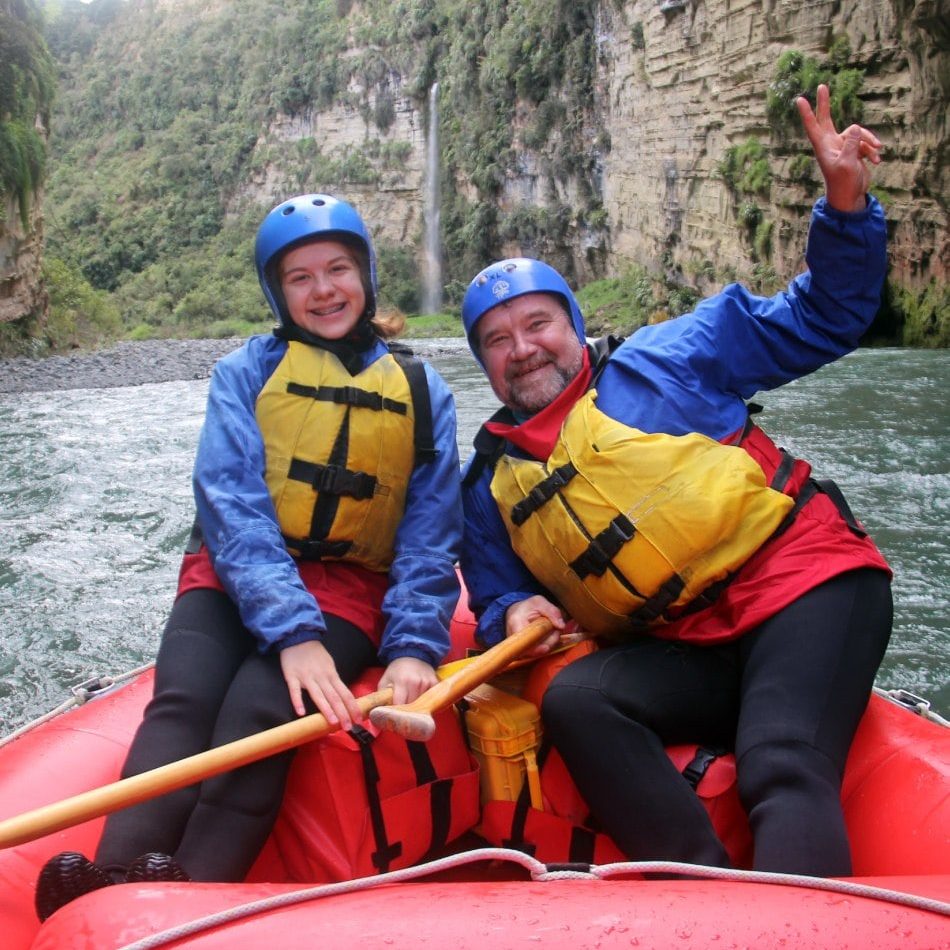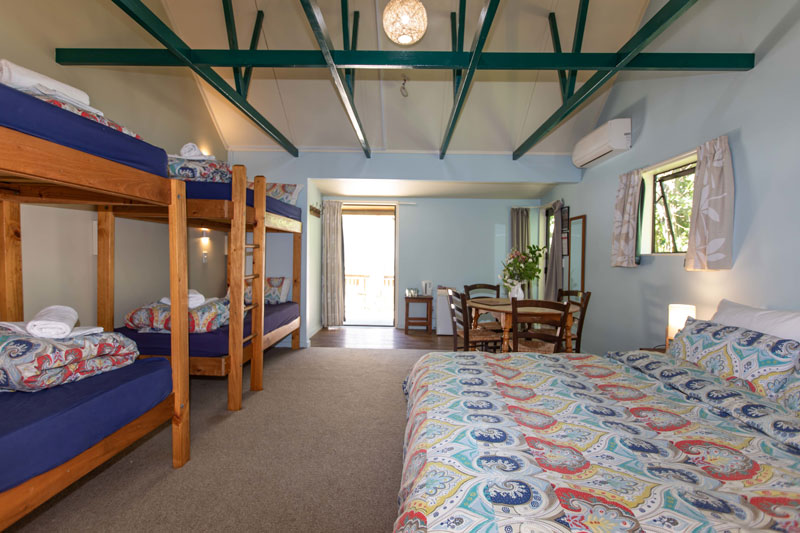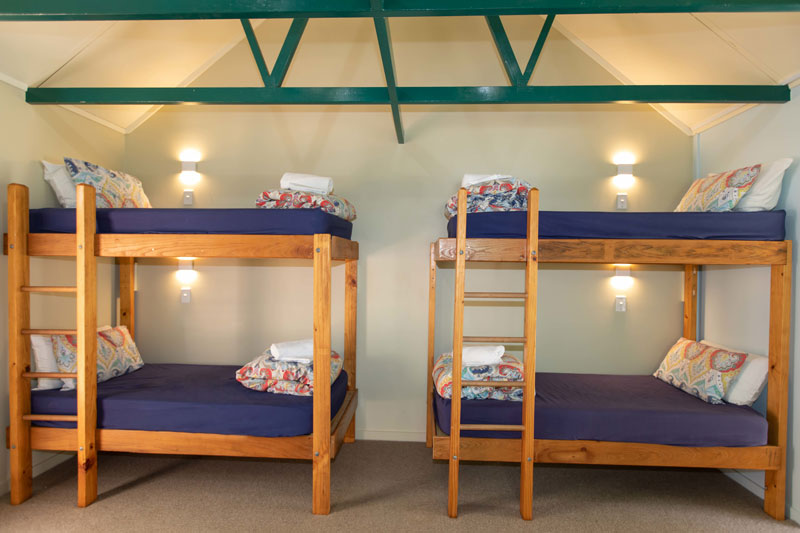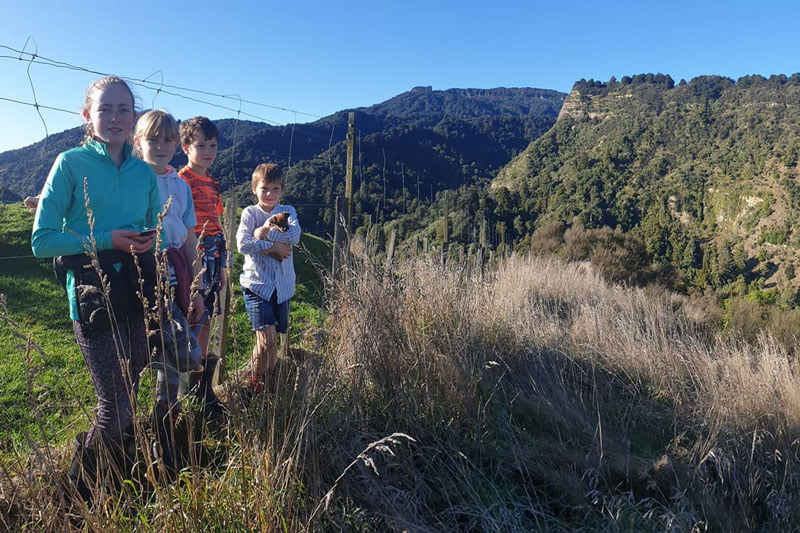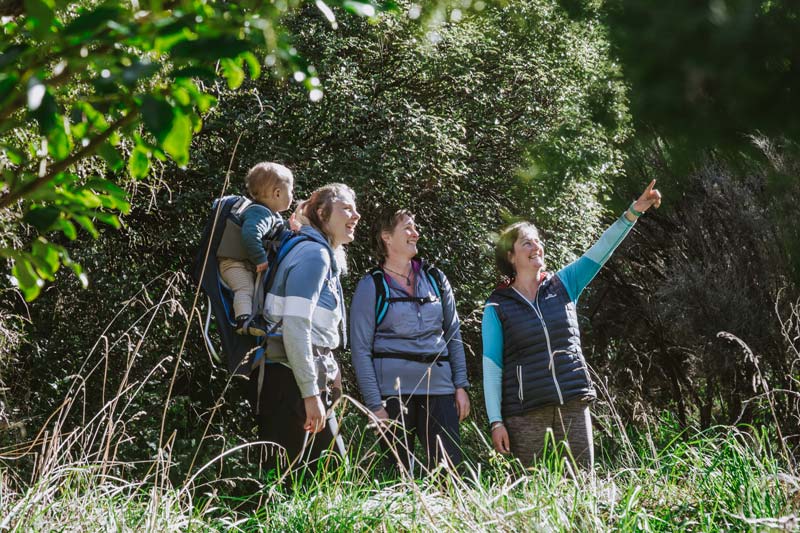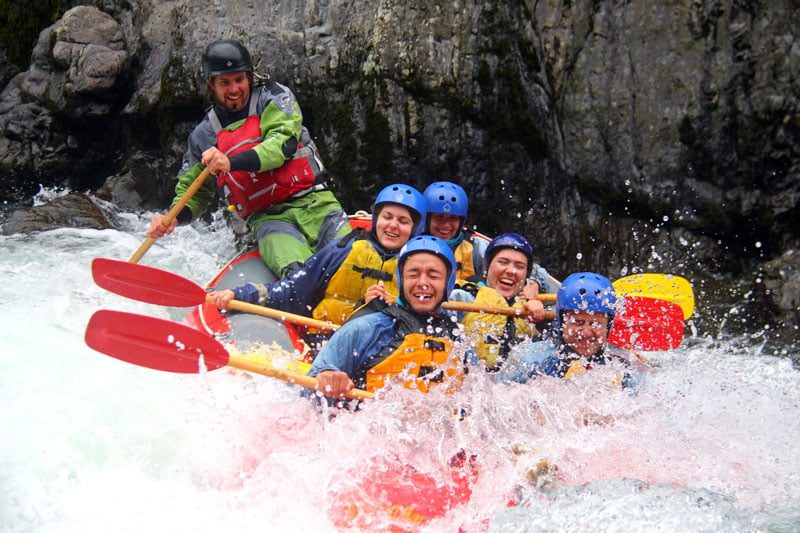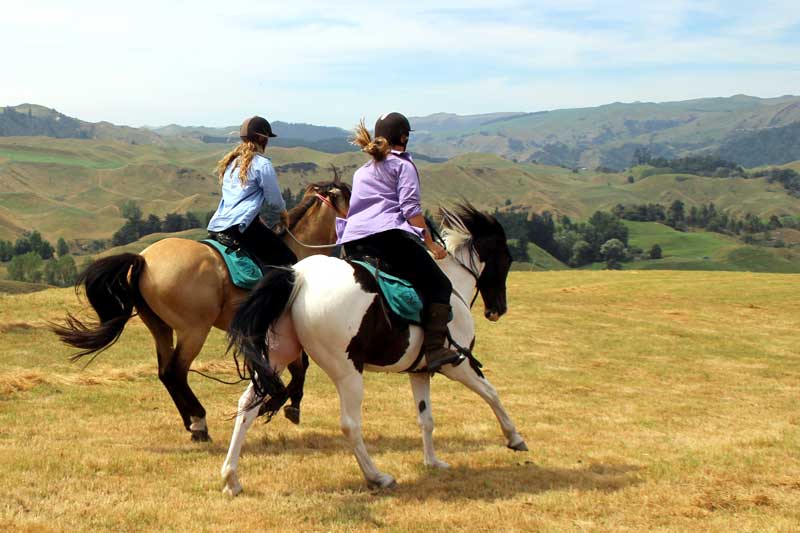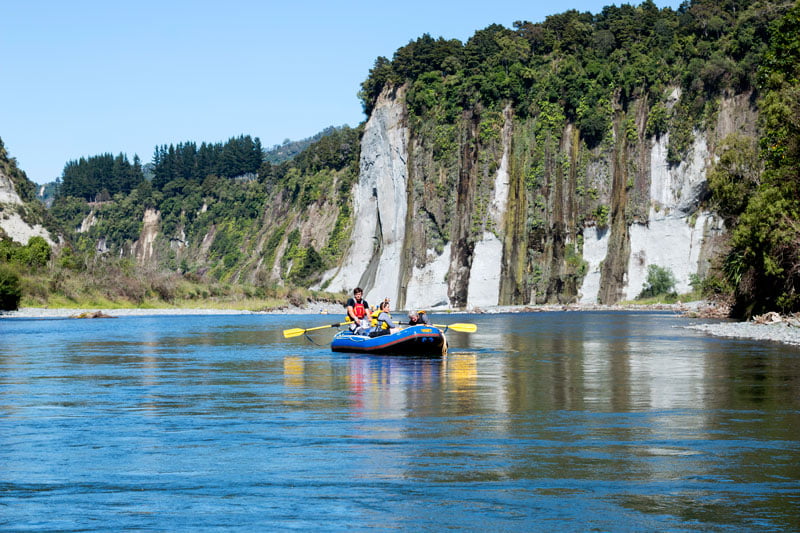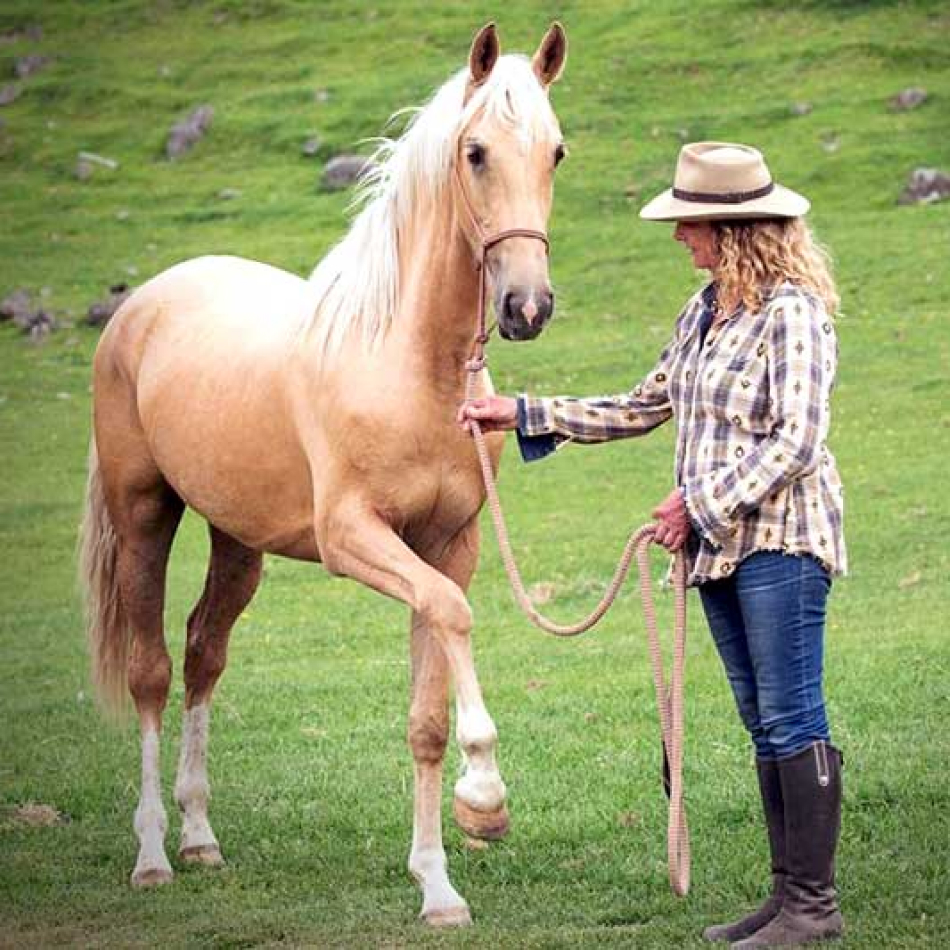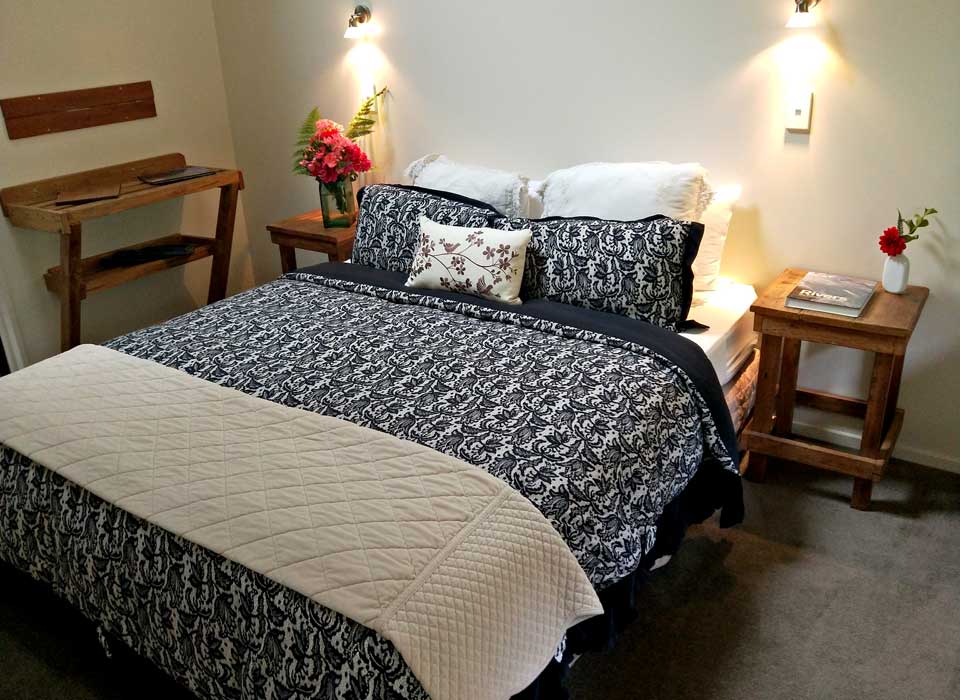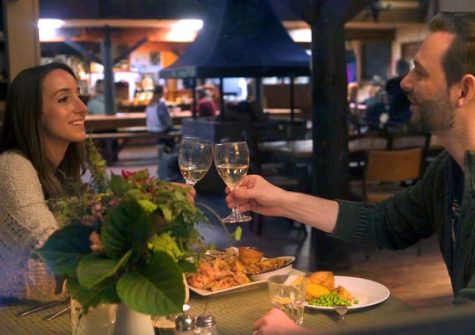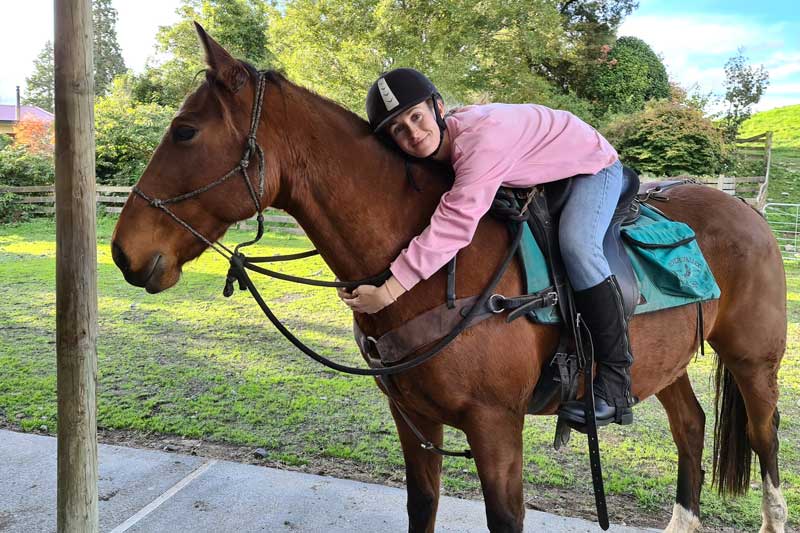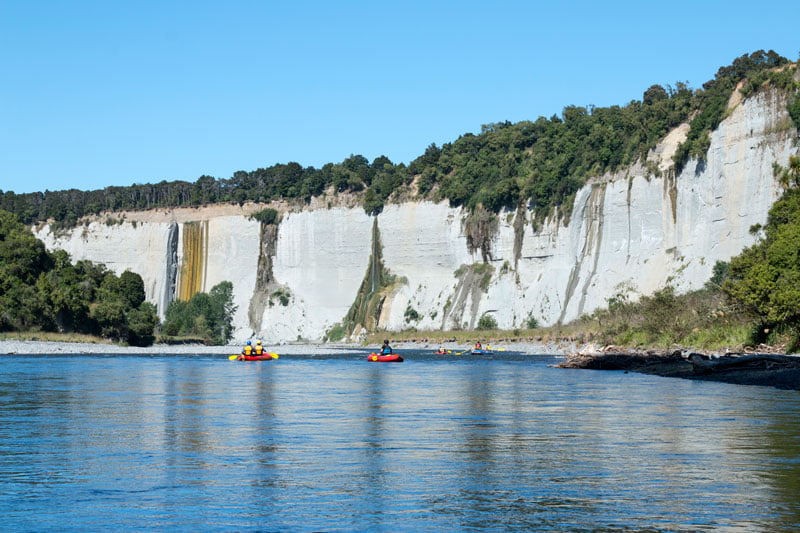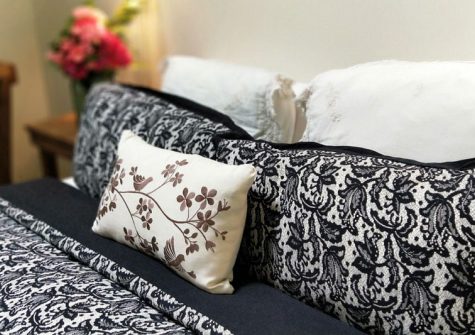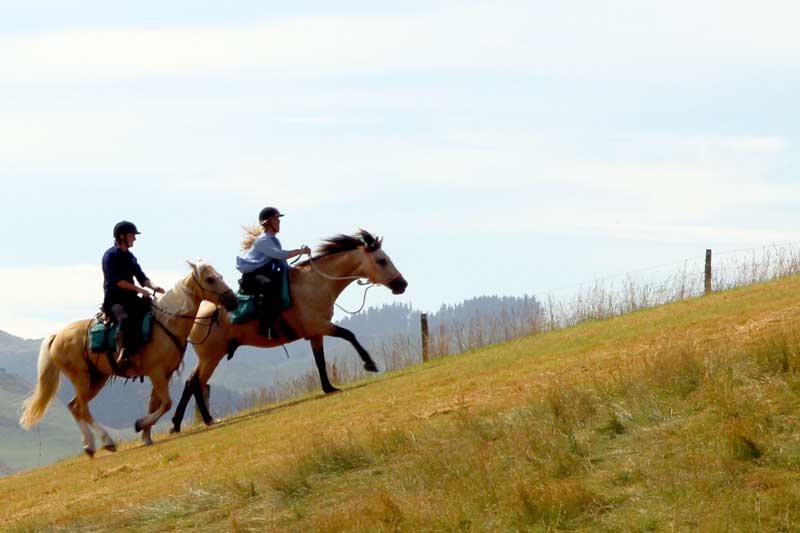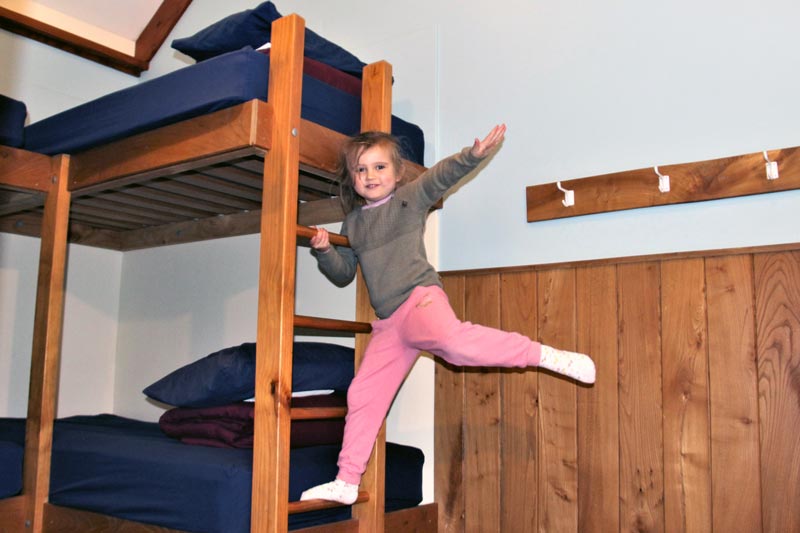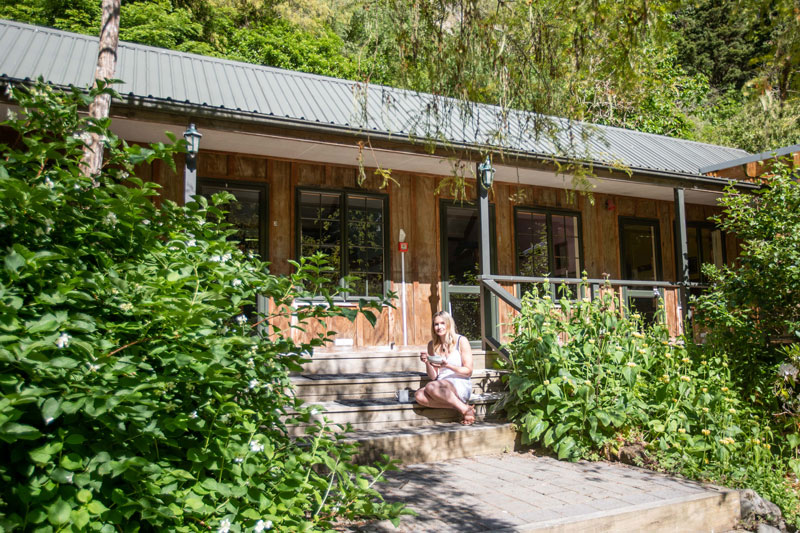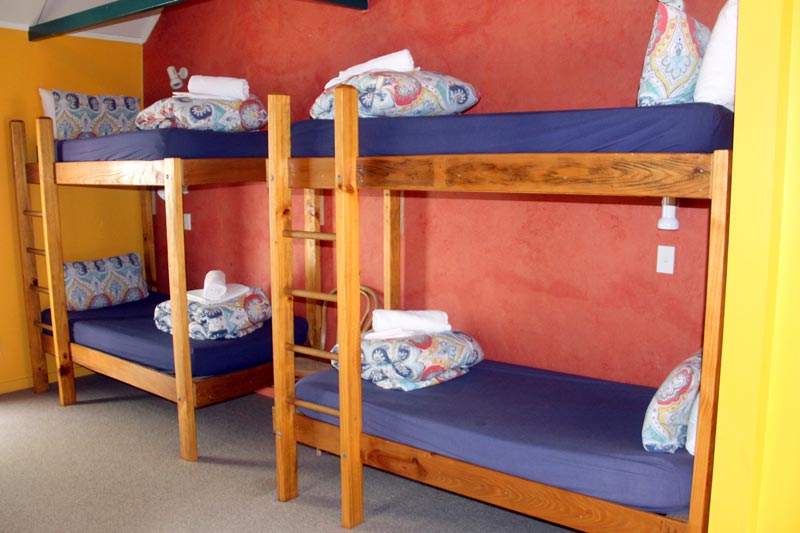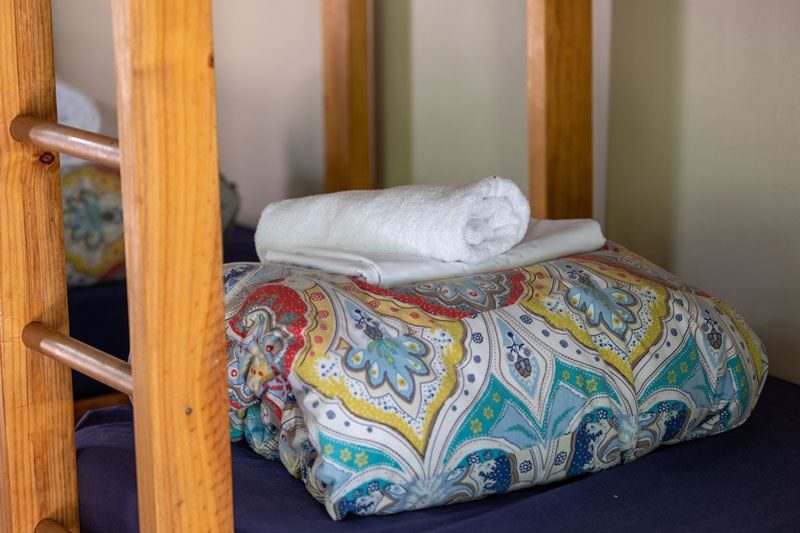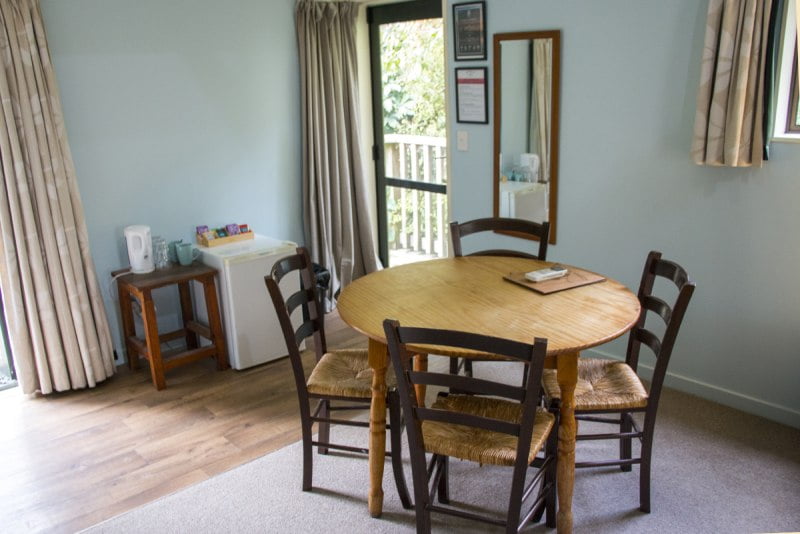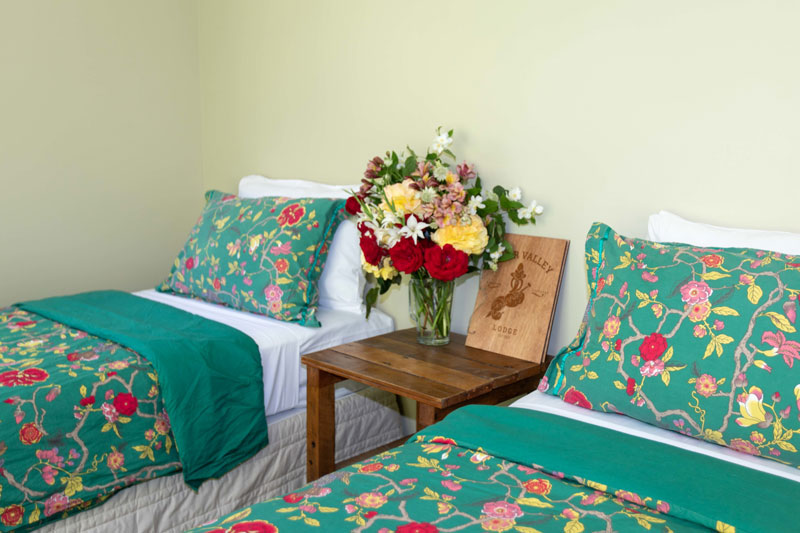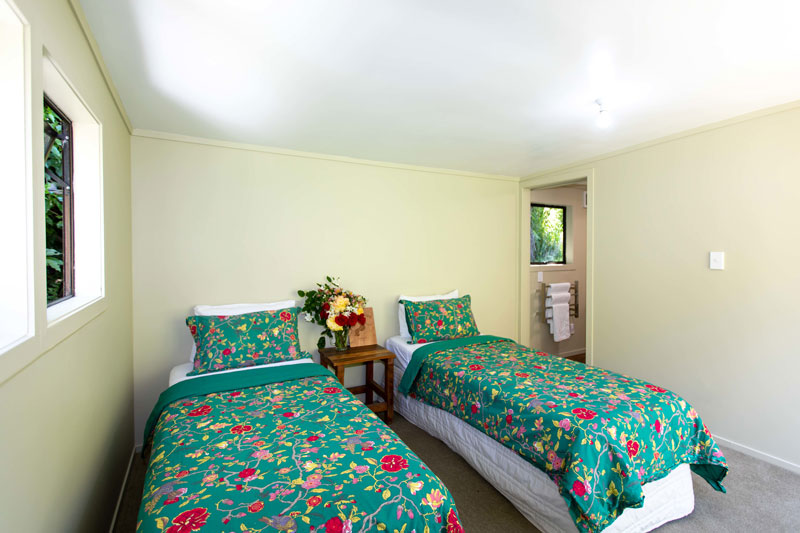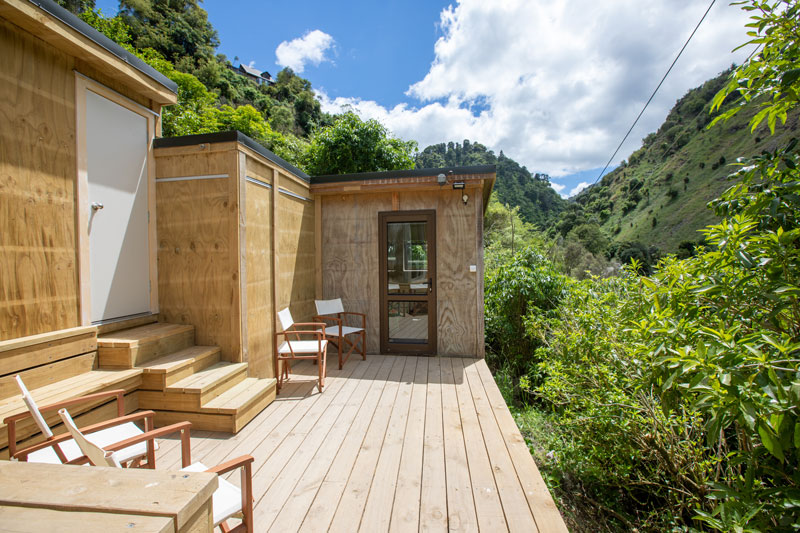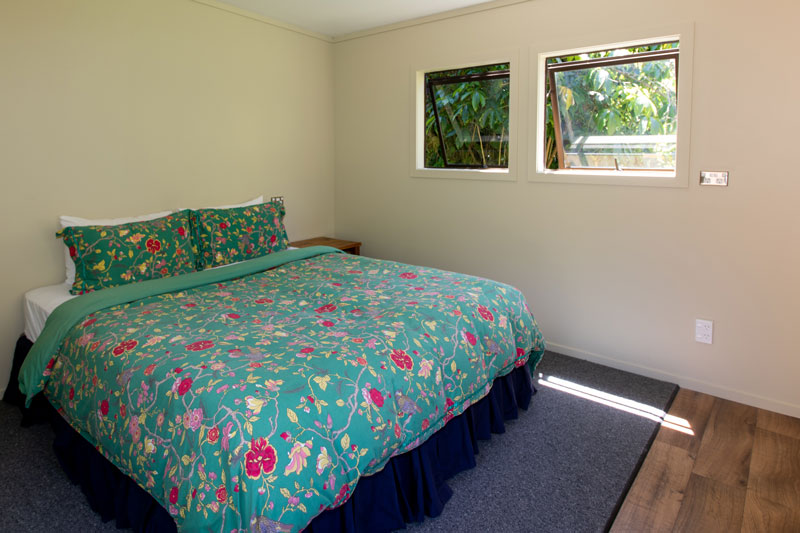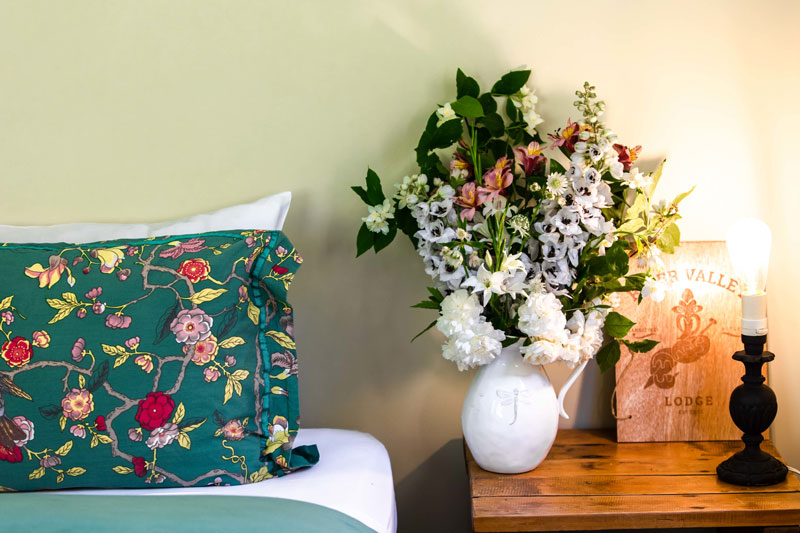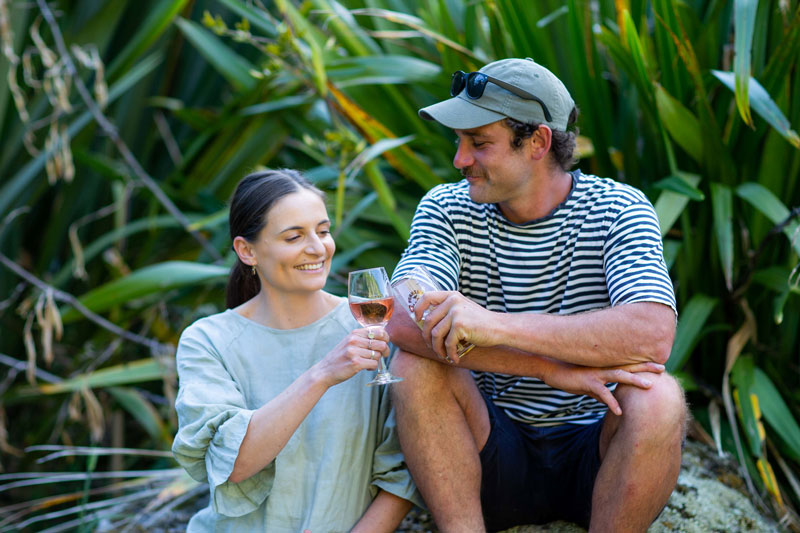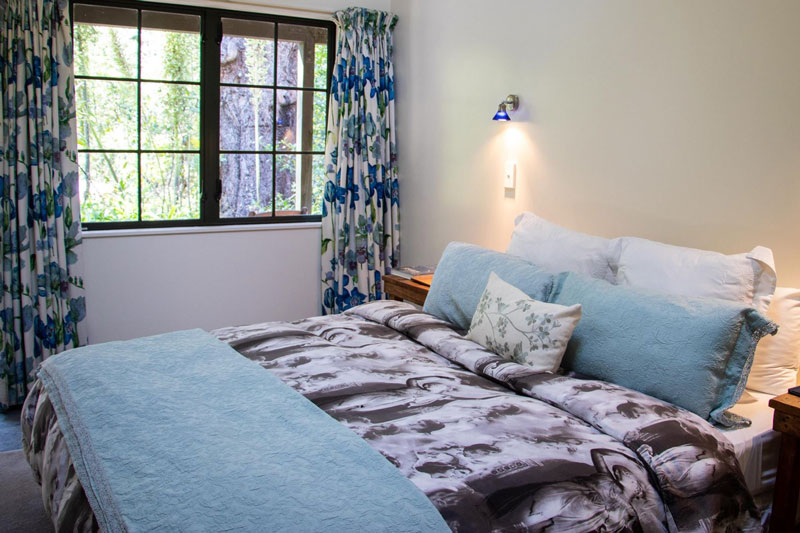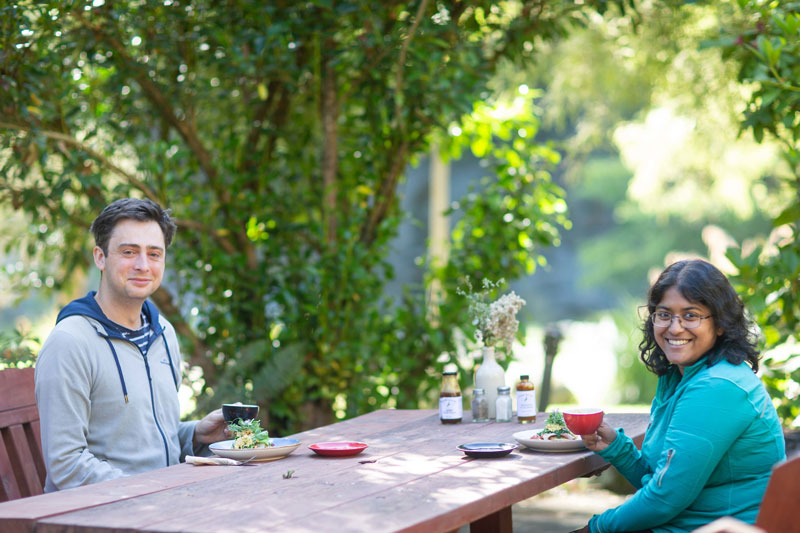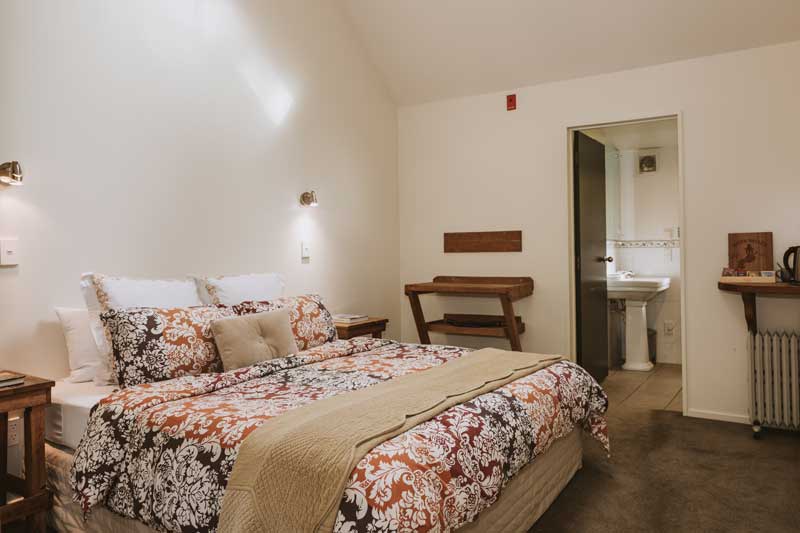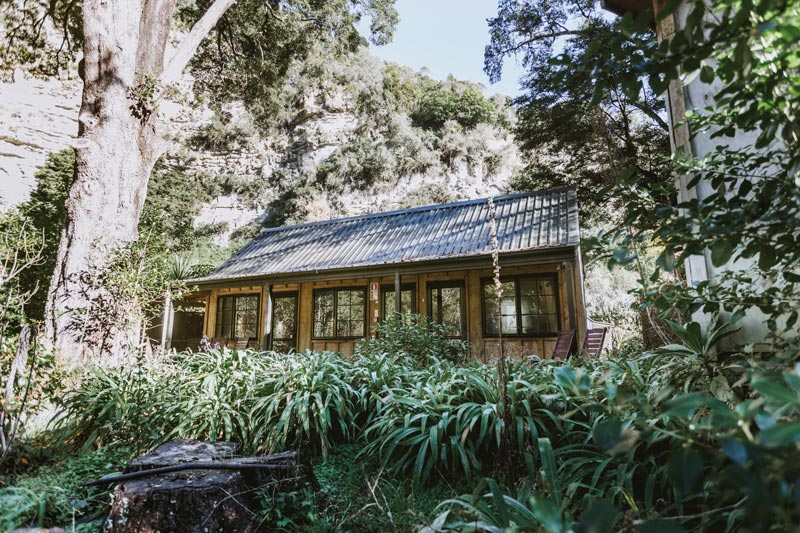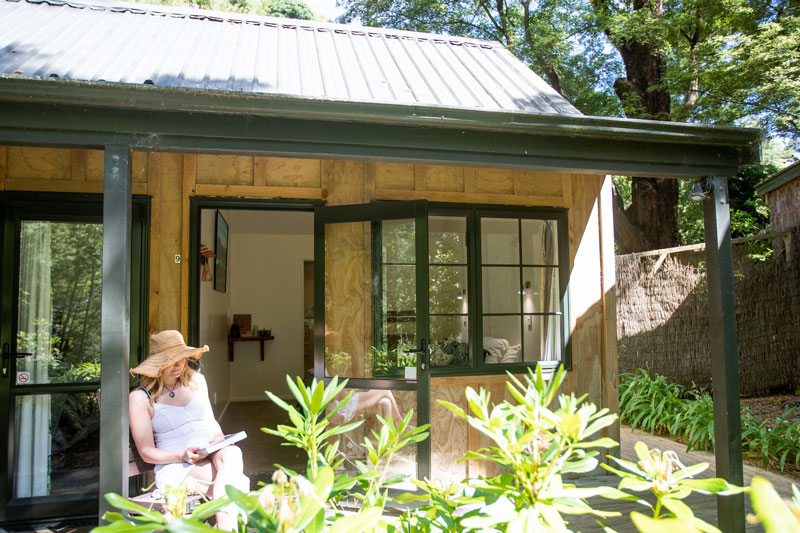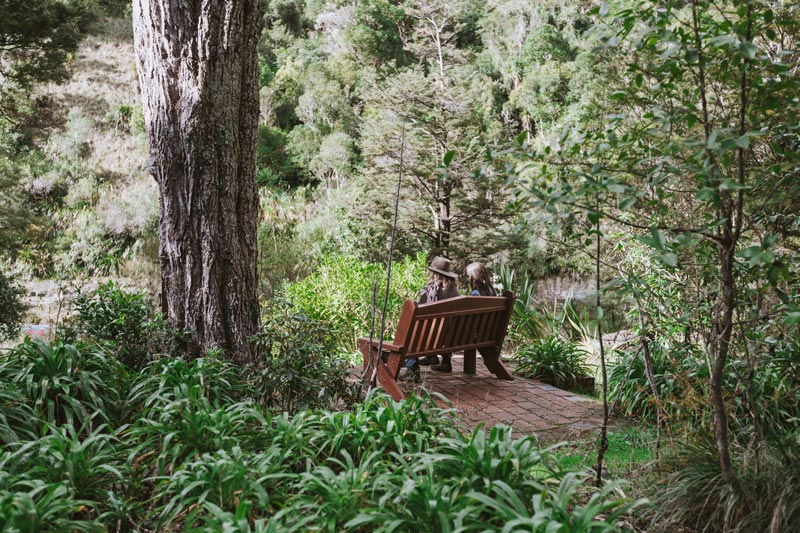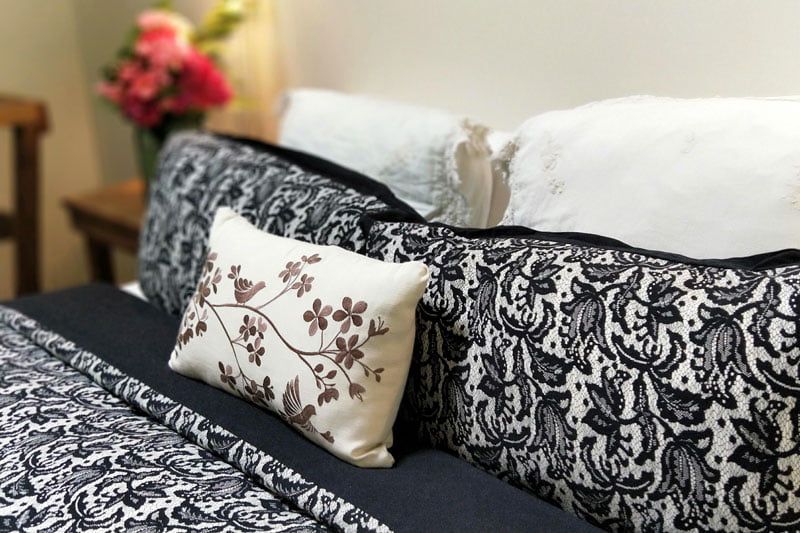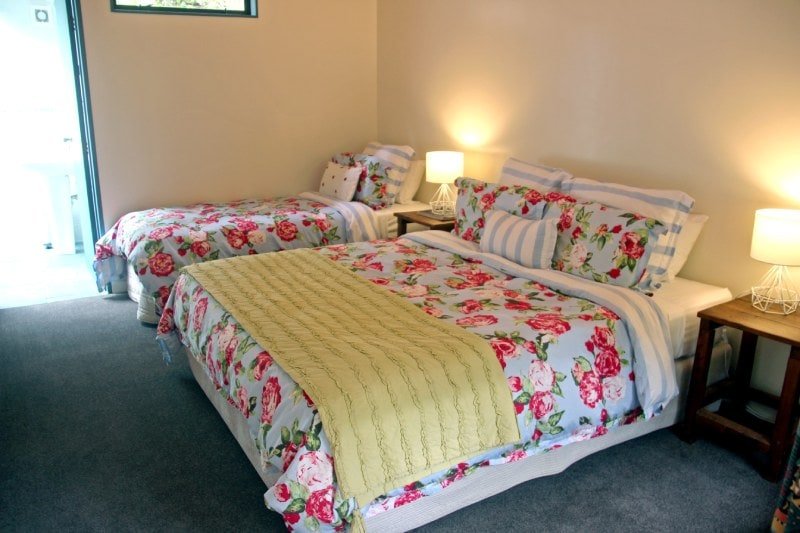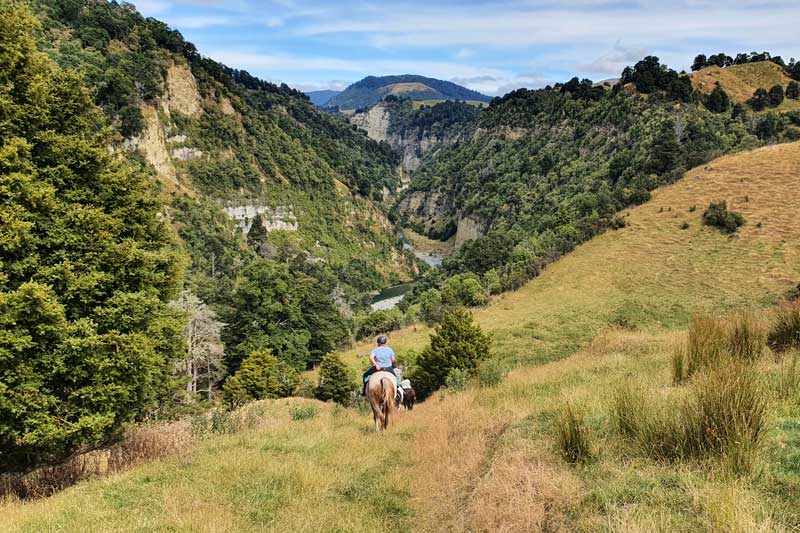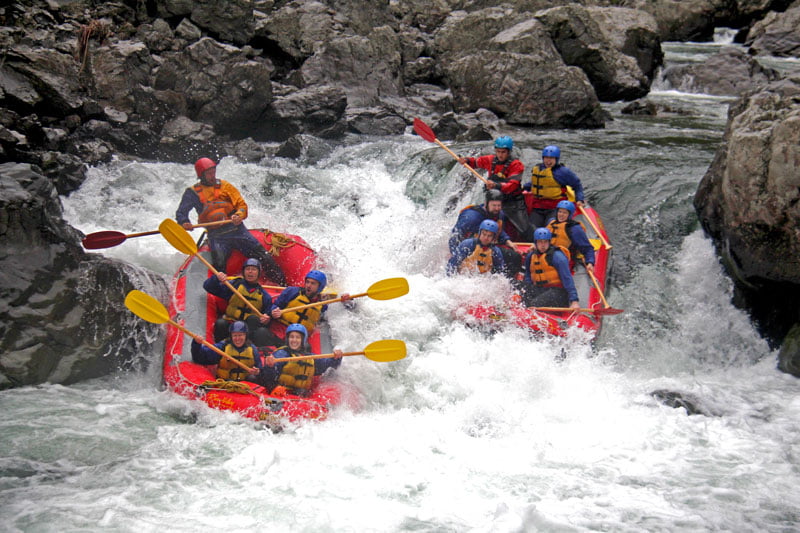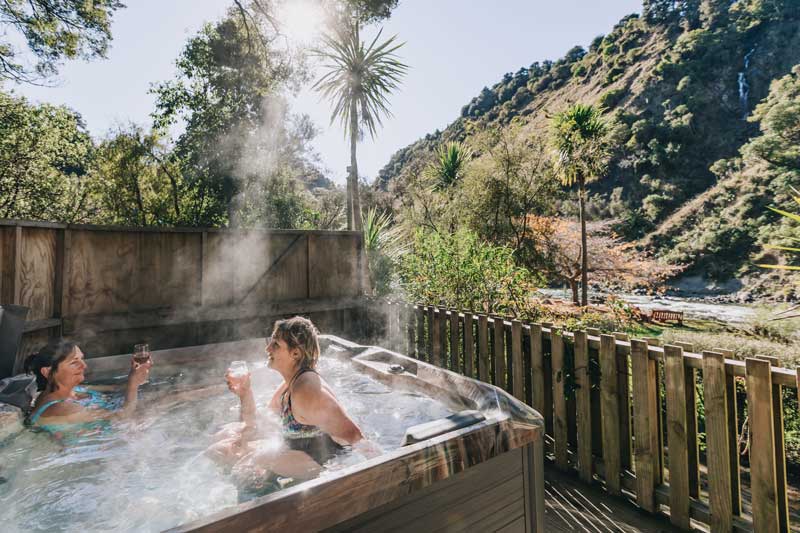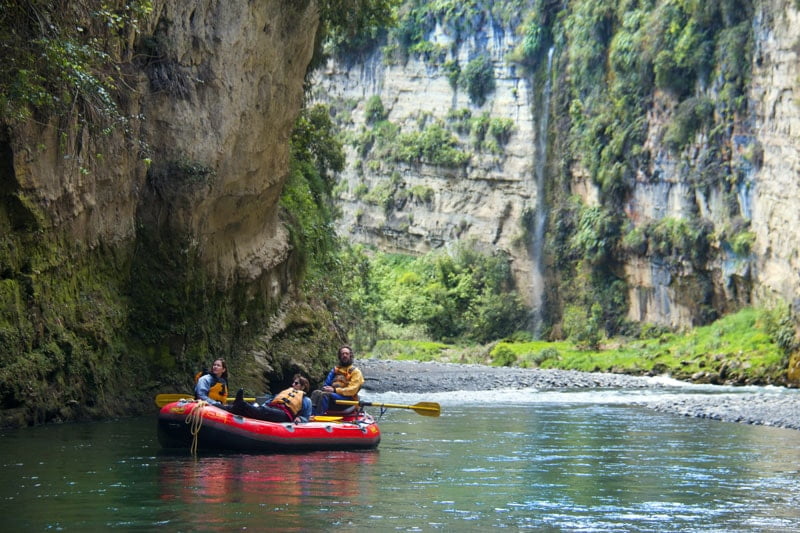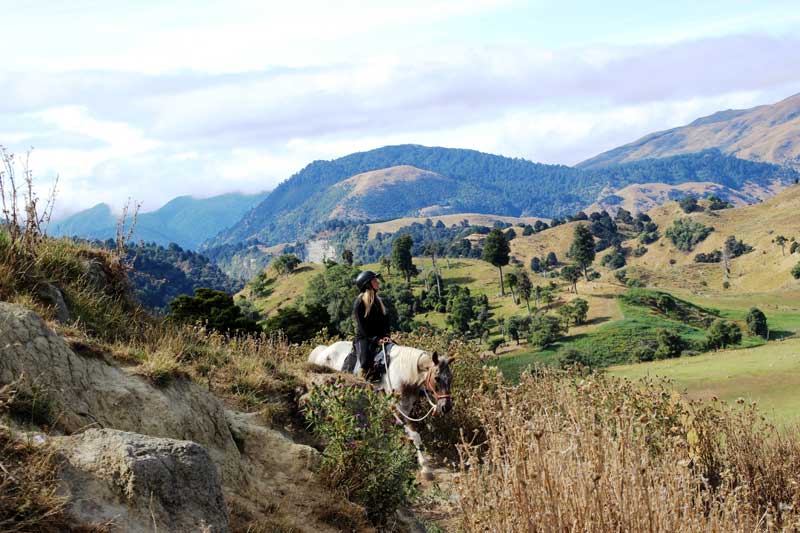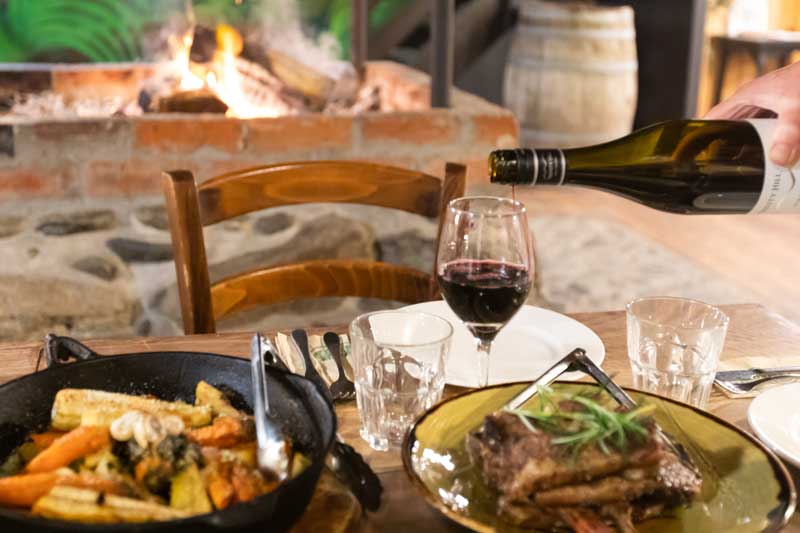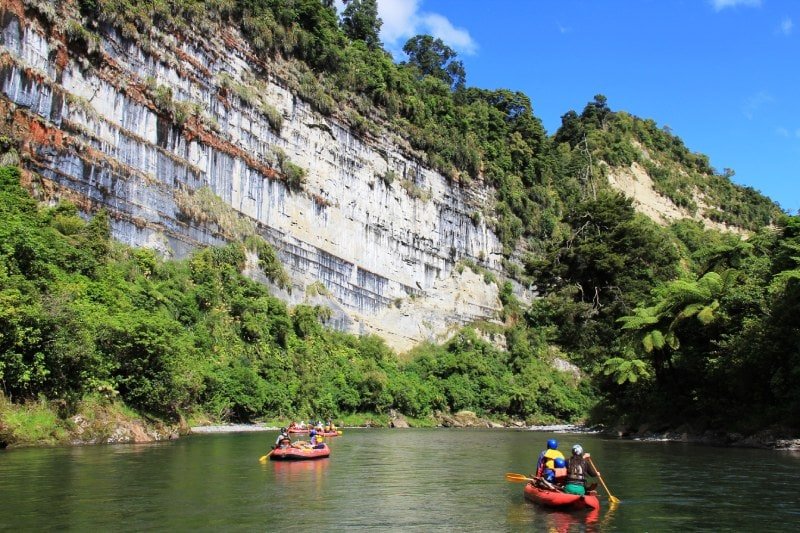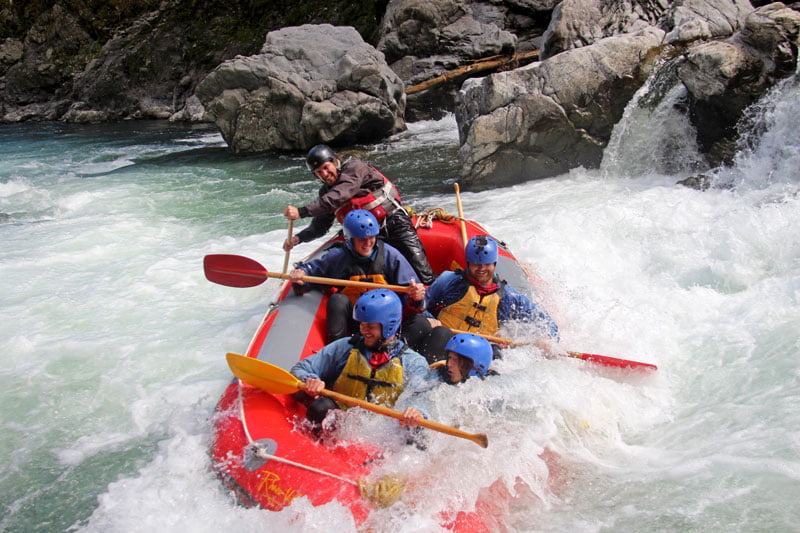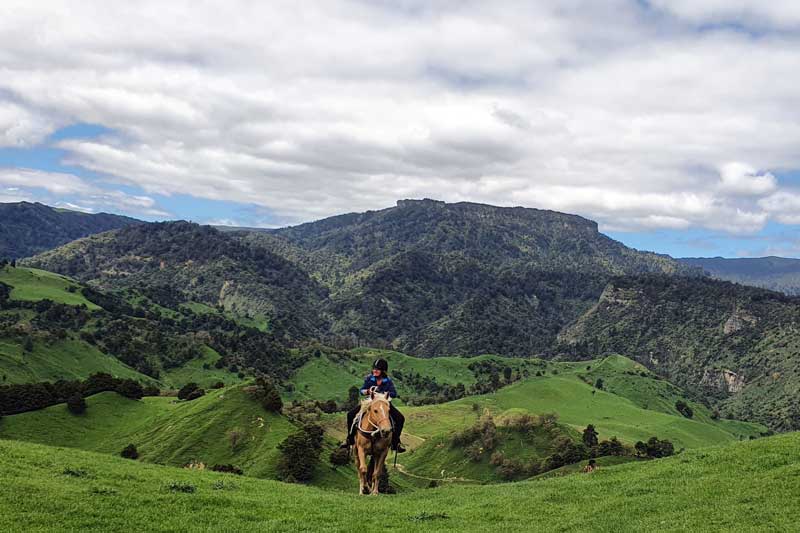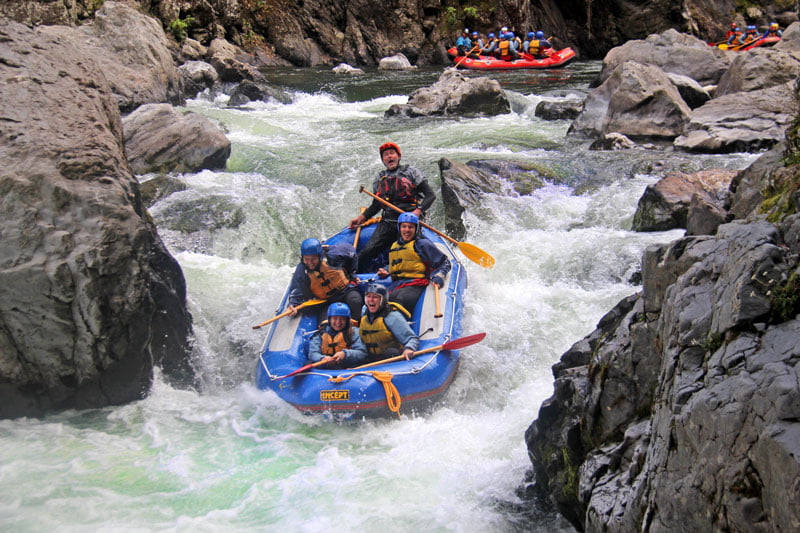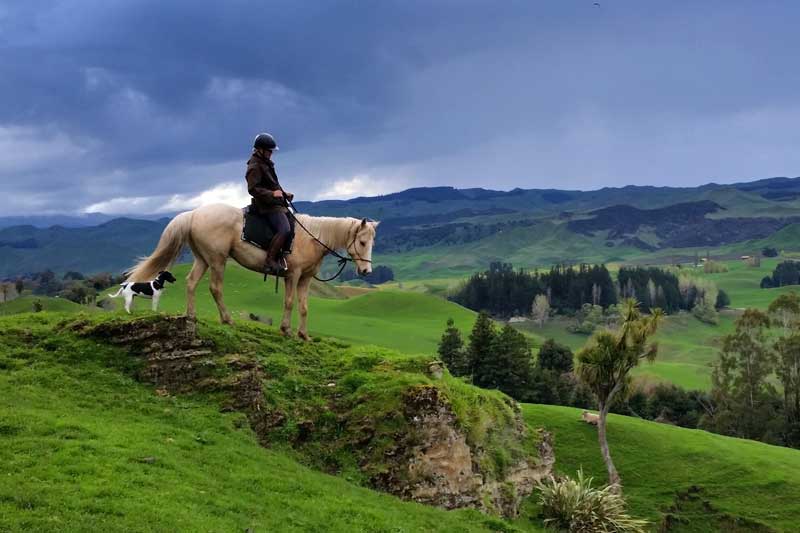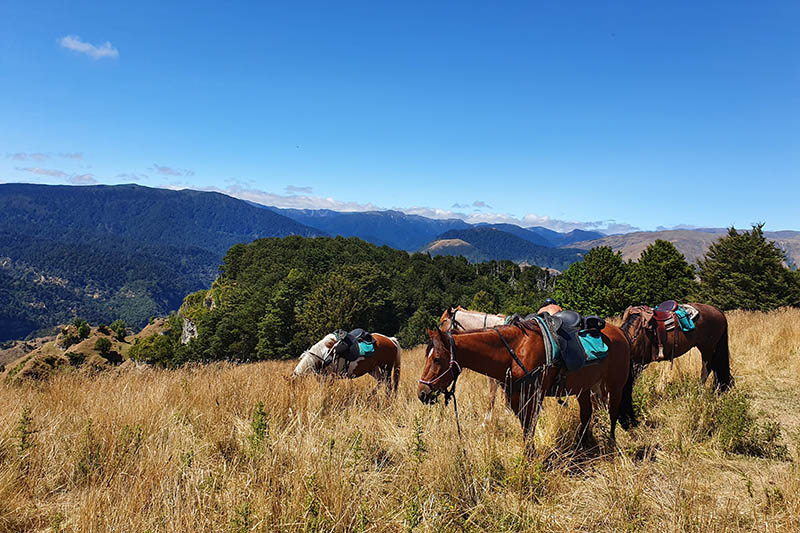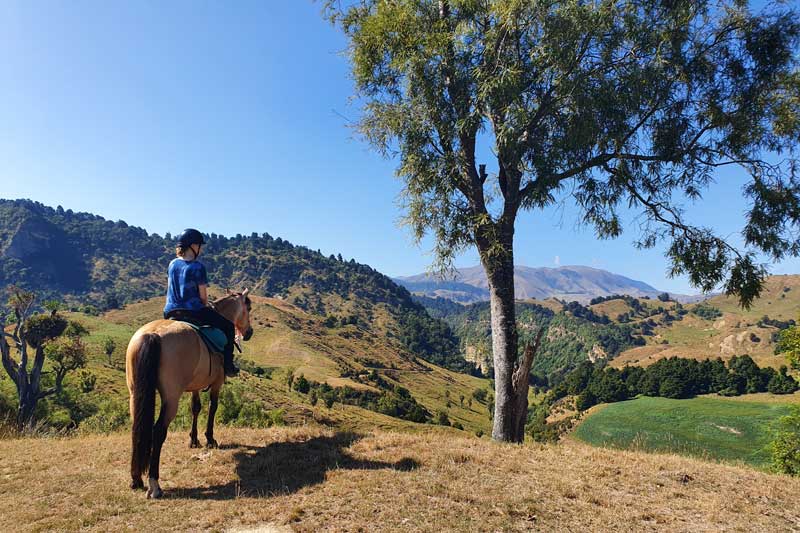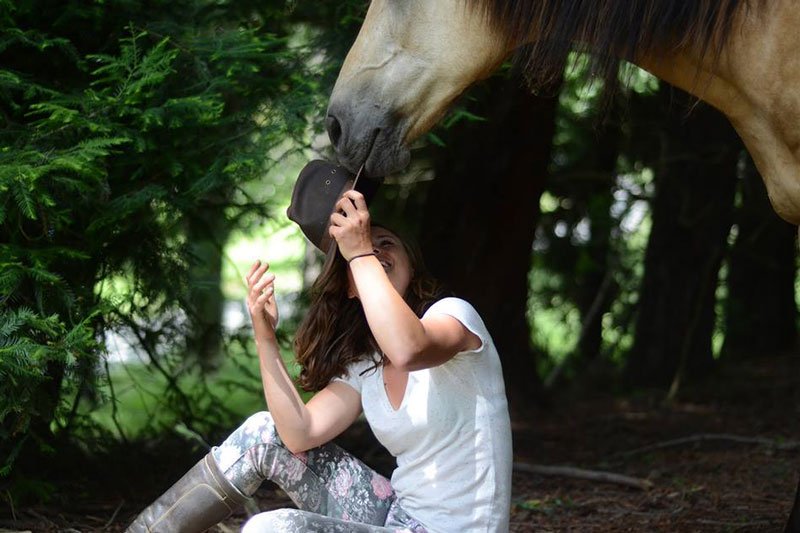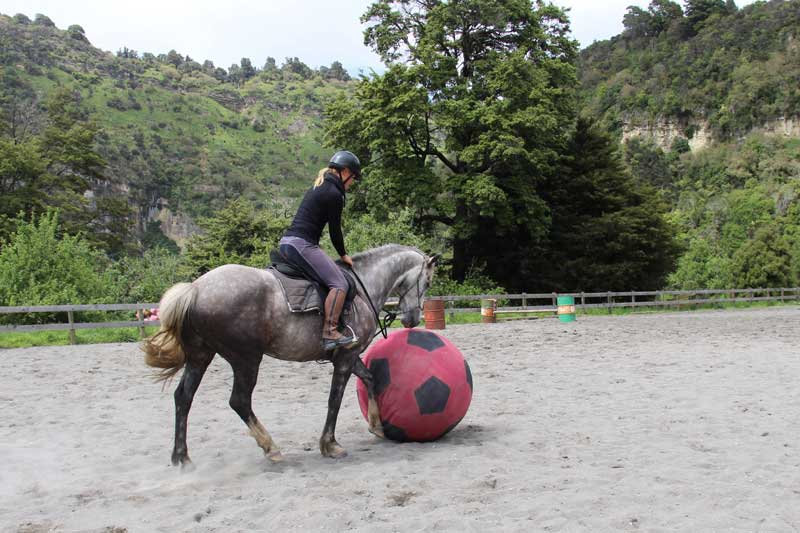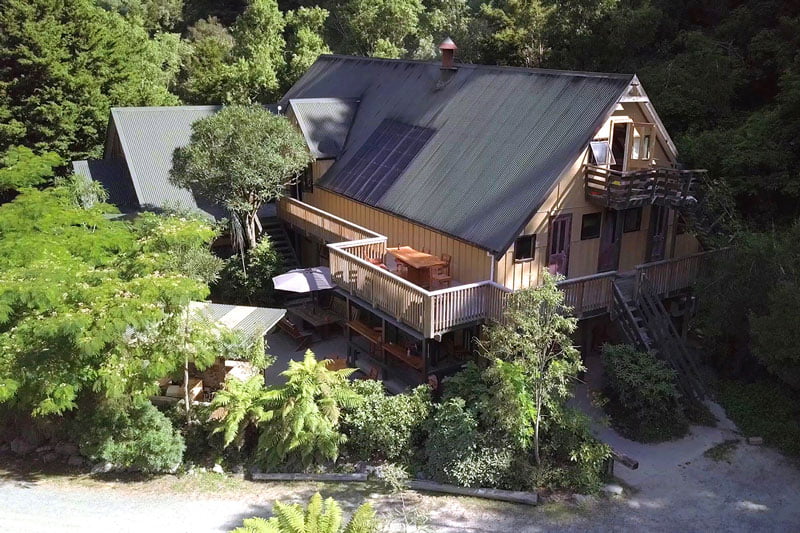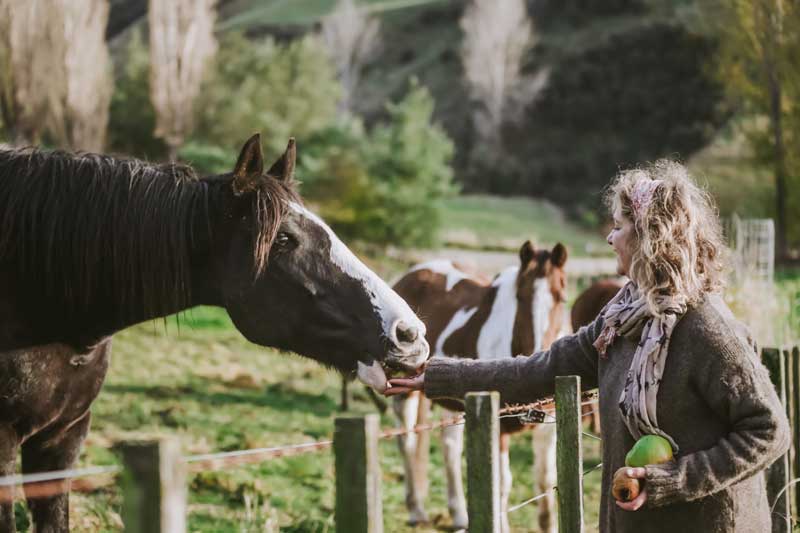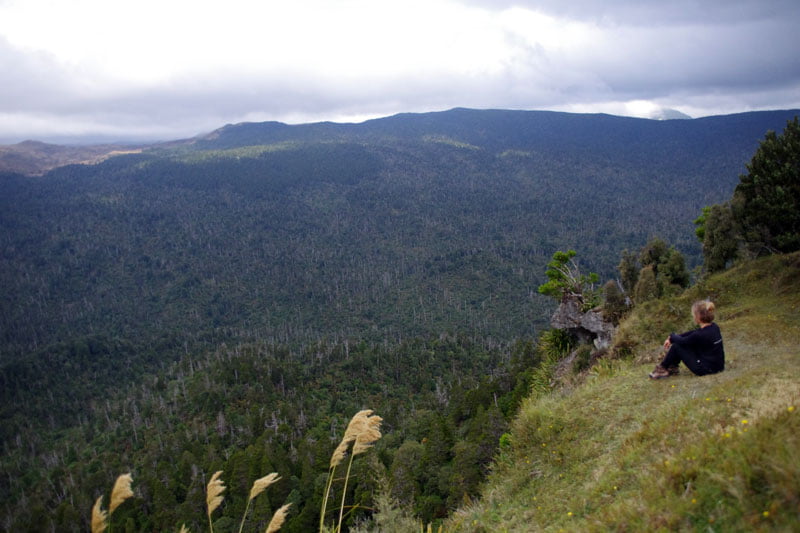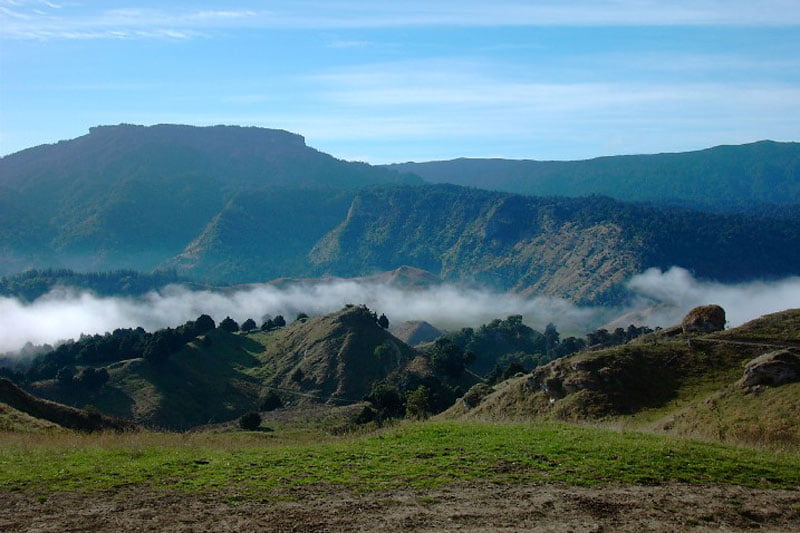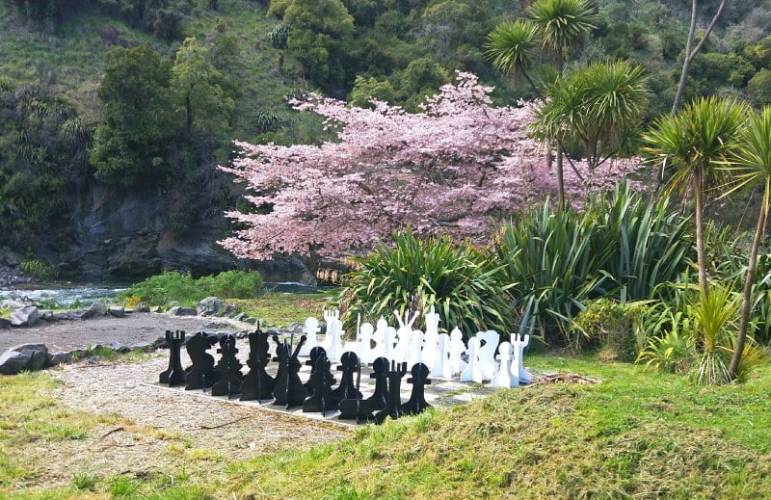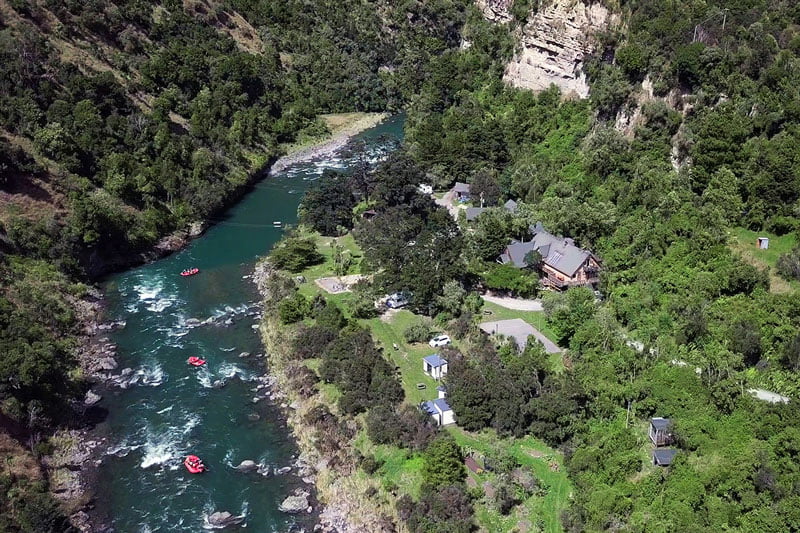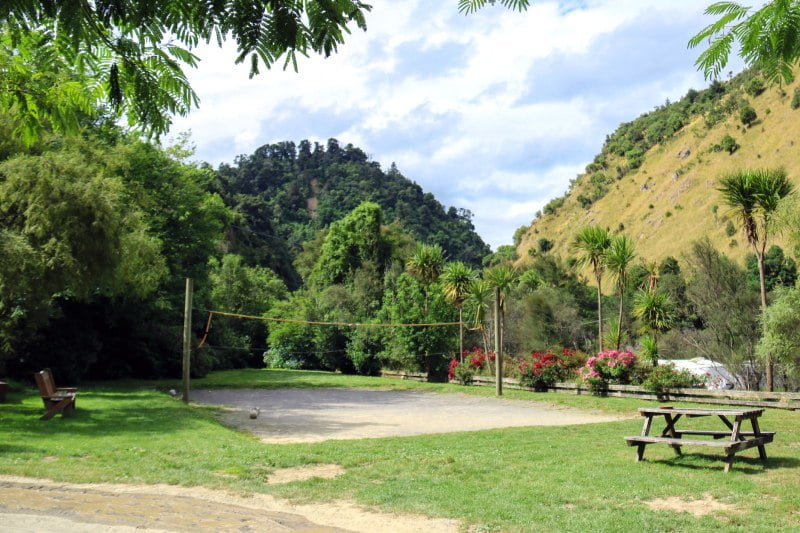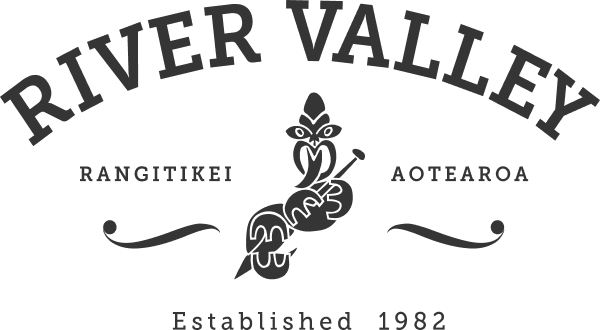In the early 1980s, I was a sheep shearer. Over those few years in my early twenties, I shore about 30,000 sheep annually. It was a good time to be a shearer. There were plenty of sheep to shear, and mostly those sheep, due to the government of the days’ subsidy to farmers called the Livestock Incentive Scheme, were not too big.
The sheep I sheared were mostly of the Romney breed, interspersed with a few flocks of Perendales and Coopworths. There were also several farms on our run that raised Drysdales – horrible sheep with small horns and coarse wool.
Farmers back then were getting on average $3 kg for their crossbred wool, with better lines getting up to $5 kg – this is in 1983 dollars – or $17.45 kilogram in 2020 NZ dollars. A great deal of care was taken in the woolshed to ensure that each fleece was sorted into its different lines. Lower value parts of the fleece, such as belly wool, were removed and kept separate from the higher value body fleece. The contractor I worked for employed a wool classer whose job it was to ensure that this sorting was done well.
The type of wool produced by the breeds of sheep mentioned above is called crossbred fleece. It is a coarser type of wool, not the kind used in fine clothing which generally comes from the Merino breed. Instead of fine clothing, crossbred fleece is usually used in the production of carpets for which it is ideal.
However, what was not foreseen in the 1980s, where forecasts tended to look at the future of wool as being very rosy, was the rise of synthetics.
Synthetics and we are primarily talking about synthetic carpet here, are made from oil. The major oil companies and their offshoots have, over time, invested billions of dollars into improving the attributes of synthetic carpets. Once upon a time, synthetic carpets were, while hard-wearing and stain-resistant, unpleasant and coarse to touch. They looked like plastic.
This has now changed to the point where it can be hard to easily discern the difference between a carpet made from wool and one made from oil.
The effect of this on sheep farmers all over the world has been catastrophic, with crossbred wool prices in New Zealand tumbling to lows of not much more than $1 kg.
I think this a way more significant problem than just for farmers. What has happened is that a non-renewable fossil fuel-based product has taken over from a beautiful natural renewable product.
This scenario is where Greenpeace comes in.
I recently read an article by Simon Thomson which appeared in the Farmers Weekly, a free weekly rural newspaper. In his piece, Simon Thomson has this to say (which I think is quite brilliant) –
“How would Greenpeace market woollen carpets? They would ask where your carpets come from, they would show the oilfields of the Middle East versus the King Country’s green pastures, they would show an infant rolling around in an oil slick on the floor versus on a blanket of natural wool, they would show the inhalation of microfilaments into that infant’s lungs, they would show those microplastics entering the waterways, being consumed and bioaccumulating up through the food chain, and then they would show the end of life of that carpet.”
“They would also show that synthetic carpet lying in a landfill, a thousand years from now, never to decay, a permanent blight on the living world, while they would show a woollen carpet going into an industrial composting facility, pure compost rolling out the other end, and that returning to a farm to grow the next carpet.”
Brilliant!
What an opportunity for the likes of Greenpeace to reach across to farmers, and together help to promote a version of the future that focuses on renewables in all facets of our lives. I feel sure that this is the type of area where these often disparate interests – farming versus environmental advocacy – could work together for the benefit of all.
Brian Megaw

